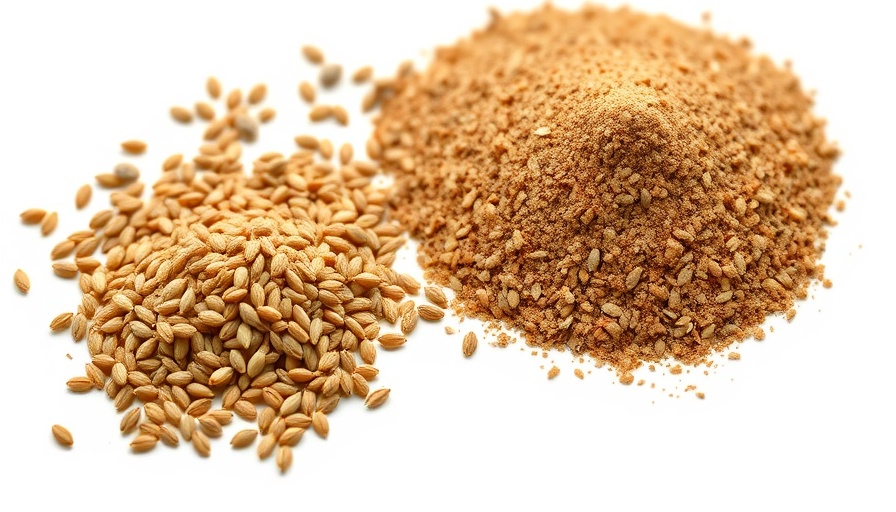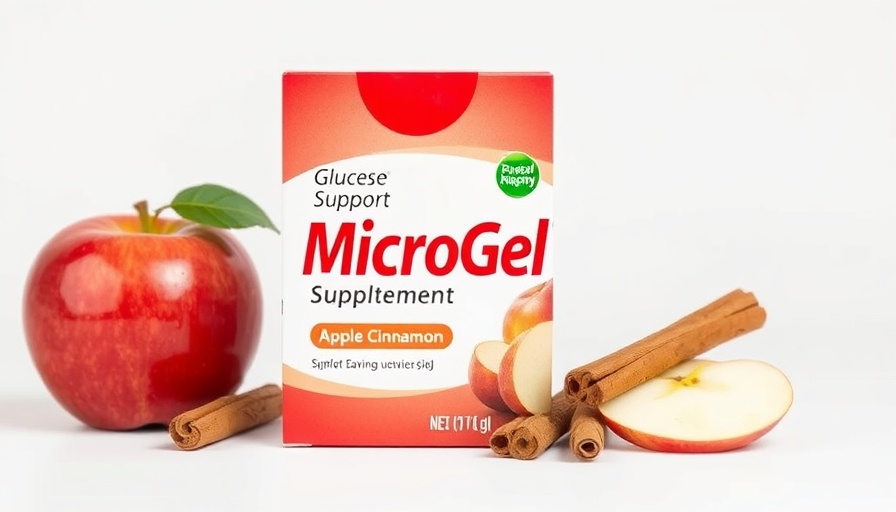
Understanding Stroke Risks: Empower Yourself
Stroke remains a leading cause of death and disability, impacting over 795,000 individuals annually in the U.S. Alarmingly, 23% of stroke survivors face the prospect of a second stroke. This makes awareness and prevention critical for those at risk. As technological advancements and healthcare practices evolve, understanding how to mitigate these risks through lifestyle changes becomes paramount, especially for younger professionals juggling work, health, and personal challenges.
Quitting Smoking: A Crucial Step
For those who smoke, the road to recovery begins with quitting. Smoking significantly heightens stroke risk, increasing the likelihood of a first or second stroke. By quitting, individuals experience health benefits that begin within 20 minutes as their blood pressure stabilizes. Over time, former smokers can see their stroke risk drop to that of non-smokers. It’s not an easy task, but strategies like setting a quit date, seeking support, and utilizing nicotine replacement therapies can facilitate this change.
Exercise: Movement as Medicine
Physical activity is another cornerstone of stroke prevention. Engaging in at least 150 minutes of moderate exercise per week can cut stroke risks by over 25%. Activities can range from simple daily steps to more intense workouts, fitting into the busy schedules of tech professionals and entrepreneurs. Incorporating manageable fitness activities, like walking or using stairs, ensures that exercise becomes part of daily routines.
Nourishing Your Body: Diet's Role in Stroke Prevention
Adopting a heart-healthy diet is a game-changer in lowering stroke risk. Diets such as the Mediterranean and DASH diets emphasize whole, unprocessed foods and can reduce stroke risk by up to 20%. Emphasizing fruits, vegetables, whole grains, and healthy fats while minimizing salt and processed sugars can significantly lower blood pressure and cholesterol levels, essential factors in stroke prevention.
Prioritizing Sleep: Underestimating the Impact
Adequate and quality sleep cannot be overlooked in stroke prevention efforts. Chronic sleep deprivation can lead to hypertension and, consequently, increases stroke risk. Making sleep hygiene a priority and addressing any sleep disorders can positively influence overall health, underscoring that recovery is not solely physical but also involves mental well-being.
Confronting Challenges: Managing Stress
With high-pressure jobs and fast-paced lifestyles, managing stress is vital. Techniques such as mindfulness, yoga, or even simple breathing exercises can lower stress levels and combat hypertension, a significant risk factor for strokes. Engaging in hobbies or seeking social support can work wonders for mental health, too.
The Path Ahead: Taking Action Now
For those at risk of stroke, taking action isn't just an option; it’s a necessity. Integrating these habits into everyday life can not only mitigate the dangers of a second stroke but also improve overall health. Consultation with healthcare professionals can provide further personalized strategies and support. Understanding that lifestyle modifications yield meaningful changes empowers individuals to take control of their health. Start today!
 Add Row
Add Row  Add
Add 




Write A Comment